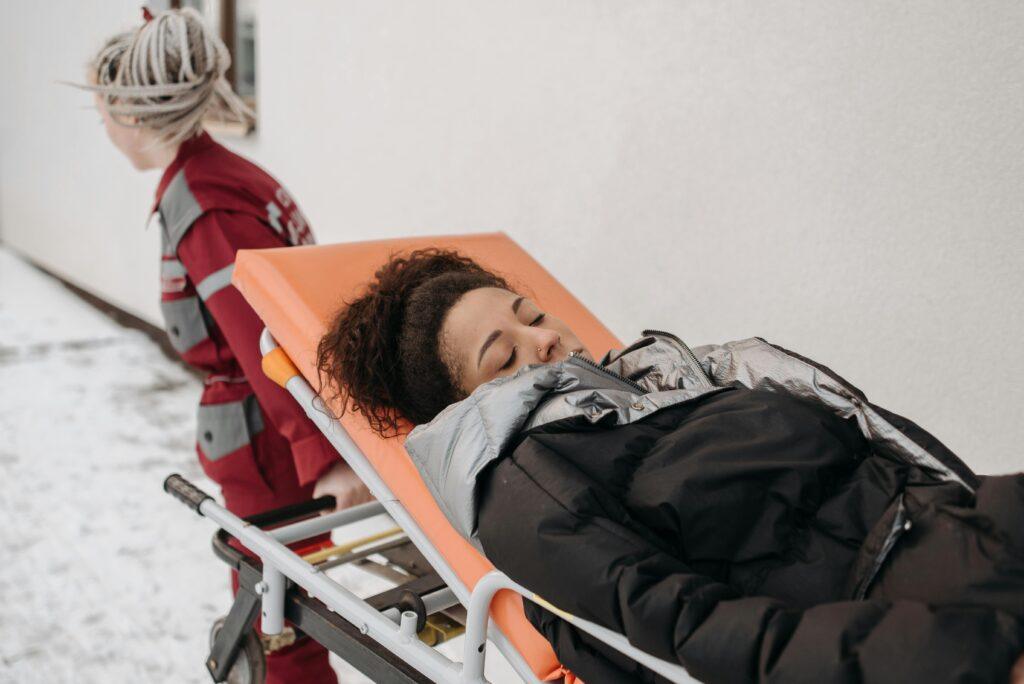What Are Crush Injuries?
Crush injuries occur when excessive force or pressure damages soft tissues, muscles, and bones. These injuries can result from traumatic events like building collapses or vehicle accidents, but they may also develop after prolonged immobility, such as from a drug overdose. Even closed injuries can lead to severe complications, making prompt medical intervention crucial.

Common Complications of Crush Injuries
1. Skin Degloving and Devascularization
When crushing involves twisting or rolling forces, the skin may separate from underlying tissues (degloving), leading to severe blood supply loss (devascularization). This increases the risk of necrosis and infection.
2. Rhabdomyolysis
Damaged muscles release toxic substances like myoglobin and potassium into the bloodstream. High myoglobin levels can cause kidney damage, while excess potassium may lead to dangerous heart rhythms.
3. Crush Syndrome
A life-threatening condition where kidney failure occurs due to:
- Myoglobin clogging renal tubules
- Severe fluid loss from injured muscles
- Systemic hypovolemia (low blood volume)
4. Reperfusion Syndrome
Restoring blood flow after prolonged crushing can suddenly flood the body with muscle breakdown products, triggering cardiac arrhythmias and acute kidney failure.
5. Compartment Syndrome
Swelling within muscle compartments increases pressure, cutting off blood flow and causing further tissue damage.
Emergency Department Management
Initial Assessment
Doctors must determine:
- Duration of entrapment or immobility
- Signs of shock (low blood pressure, rapid pulse)
- Physical symptoms like tense, swollen limbs and dark, tea-colored urine
Diagnostic Tests
- Creatine kinase (CK) levels (extremely high in muscle damage)
- Blood tests (showing acidosis—low pH and bicarbonate)
- Urine dipstick (positive for blood due to myoglobin, not red blood cells)
Immediate Treatment
- Fluid Resuscitation – High-volume IV fluids to flush out toxins.
- Urine Monitoring – Catheterization to track kidney function.
- Critical Care Admission – For dialysis if kidney failure occurs.
Orthopedic Interventions
Fasciotomy
Surgically releasing muscle compartments relieves pressure, preventing further ischemic damage.
Debridement and Amputation
- Non-viable muscle removal stops additional myoglobin release.
- Early amputation may be necessary if limbs are severely damaged or if a tourniquet was applied for hours.
Further Reading
By understanding the risks and treatments, medical professionals can improve outcomes for crush injury patients. Stay informed and act fast in emergencies!
